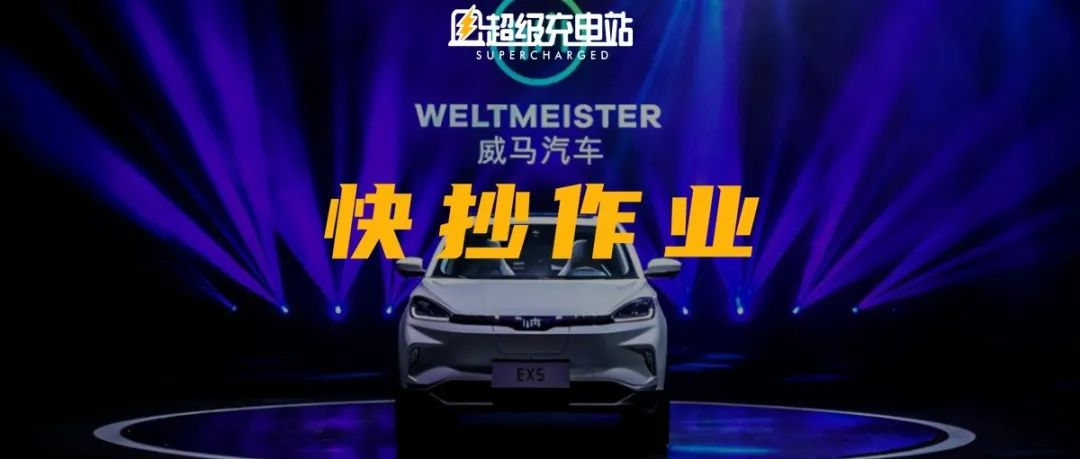International Consumers’ Rights Day: Who Will Be Named and Shamed This Year?
Author: Potato Fish C
As time passes, the third week of March has arrived. This is always the most tense period of the year for every brand. Yes, the annual International Consumers’ Rights Day (also known as “315”) is here again.
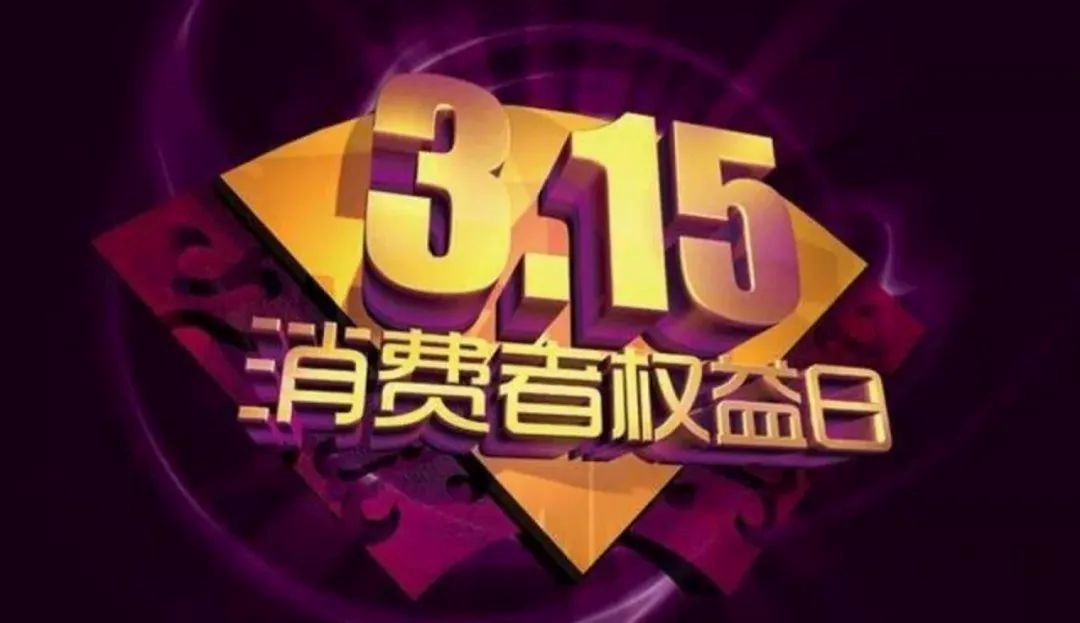
As an automobile media, we naturally pay extra attention to the issue of car quality.
Last year, Ford and Infiniti were criticized at the CCTV 315 Gala for their gearbox problems. Who will be “named and shamed” this year?
The CCTV 315 Gala this evening will unveil the answer, but before that, the 2022 Guangdong 315 Gala already provided a preview.
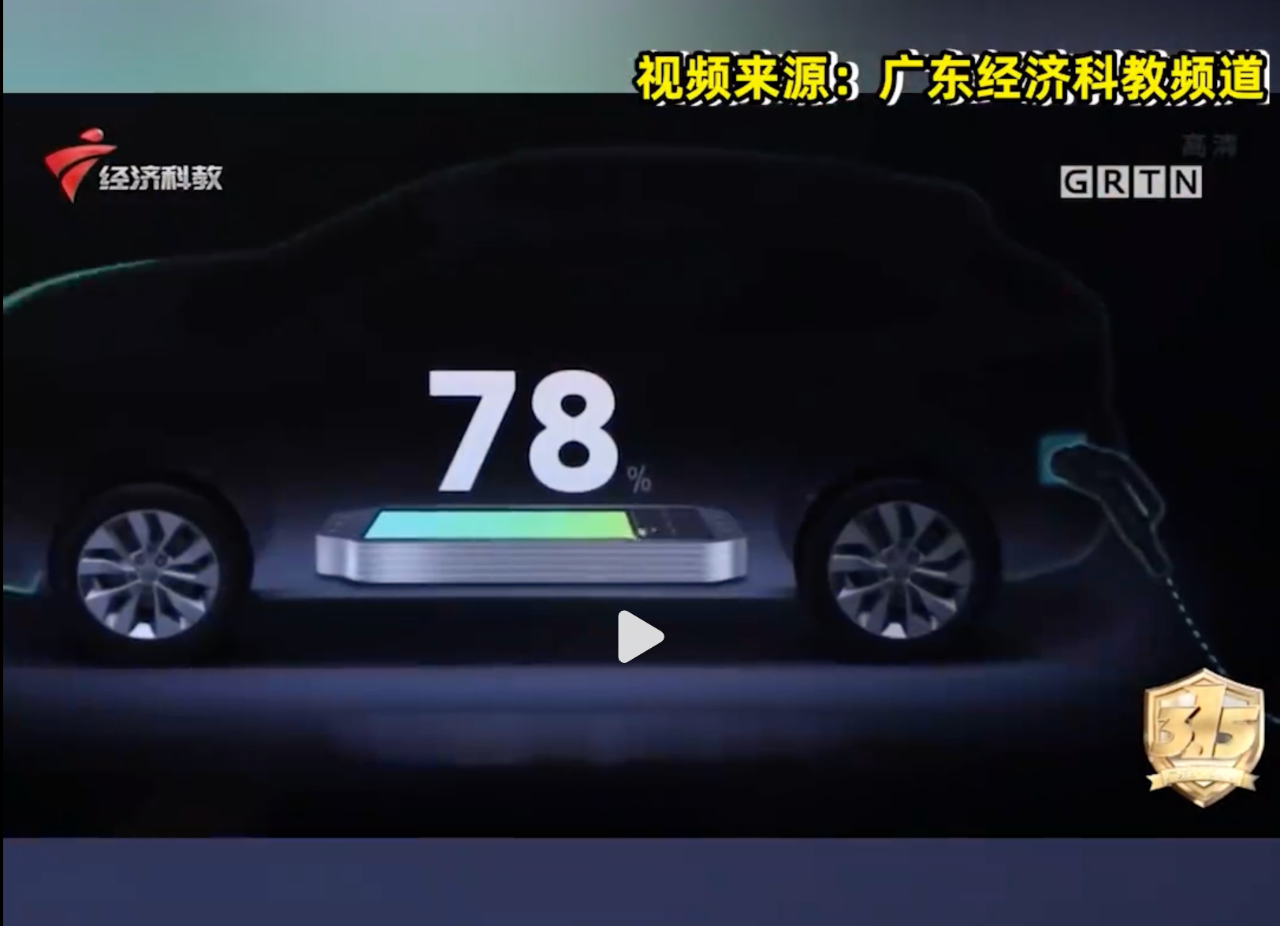
At the 2022 Guangdong 315 Gala broadcasted last night, WM Motor was criticized.
According to multiple WM car owners who filed complaints, the mileage of their WM EX5 was reduced from 400 kilometers to 200 kilometers after maintenance at the 4S store.
After only one maintenance, the car owner suspected that WM had “restricted the battery” on their car, resulting in a halved mileage.
What is “battery restriction”?
Ever since electric cars entered the mainstream market, mileage has always been the focus of consumers’ attention.
The range of a pure electric car is almost directly related to the capacity of its battery pack, which accounts for a large proportion of the overall cost of the vehicle. As a result, pure electric vehicles are often classified into high-end and low-end models based on mileage.
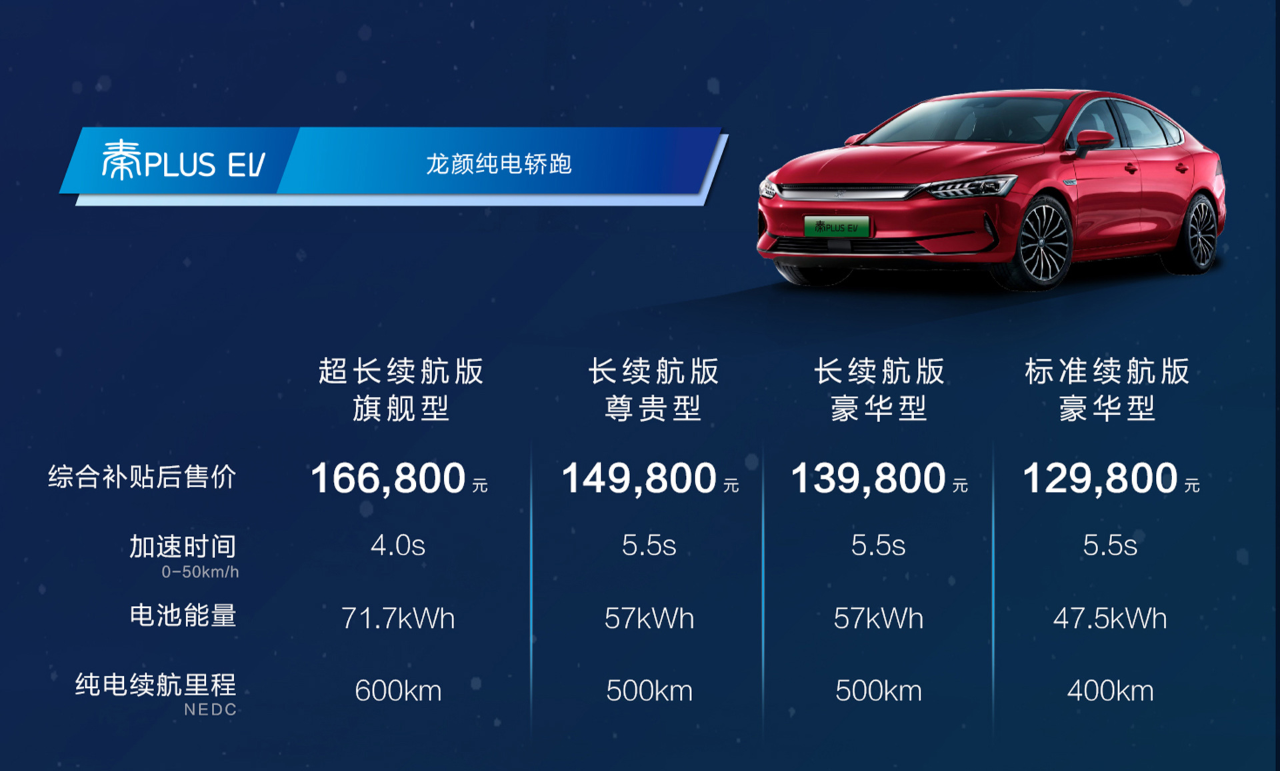
“Battery restriction” refers to the deliberate limitation of the total energy capacity of the battery by the vehicle manufacturer at the vehicle system level.
To put it more simply, we can take an example. If a pure electric car could originally charge and discharge 50 degrees of electricity, after being “restricted”, the battery could only charge and discharge 40 degrees.
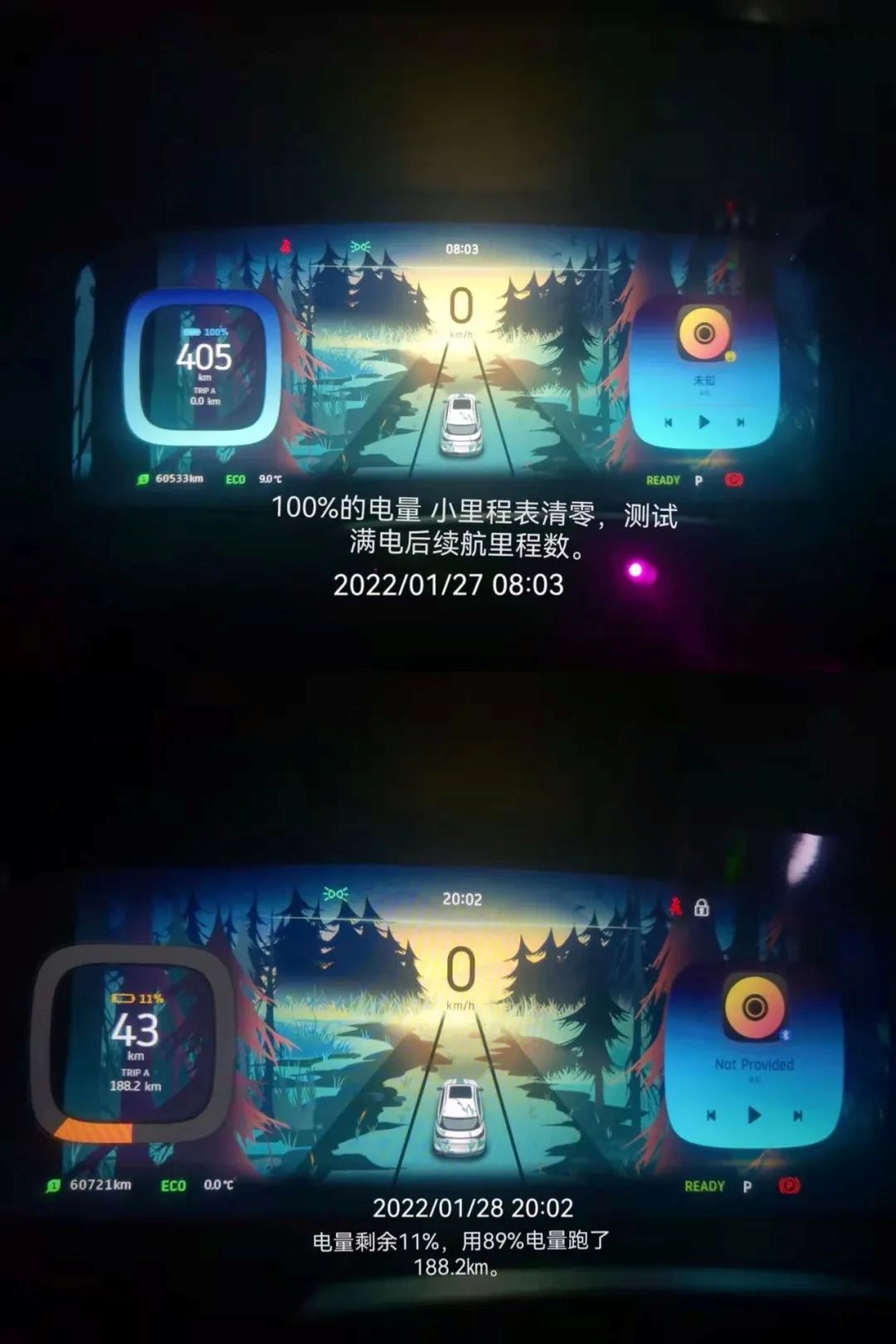
The most direct consequence of reducing the charging and discharging capacity of a battery is that the mileage of a vehicle will decrease in almost the same proportion. When consumers have spent their hard-earned money on mileage, WM has silently cut off a large portion of it. Can you stand it?
Why “battery restriction” is being used?
In fact, “battery restriction” has always existed since electric vehicles entered the mainstream consumer market.
The reason for this is that batteries are often fragile. And different types of batteries have different fragile points.
Focusing on the most commonly used lithium-ion batteries in electric vehicles, they are particularly vulnerable to “overcharging and over-discharging”.
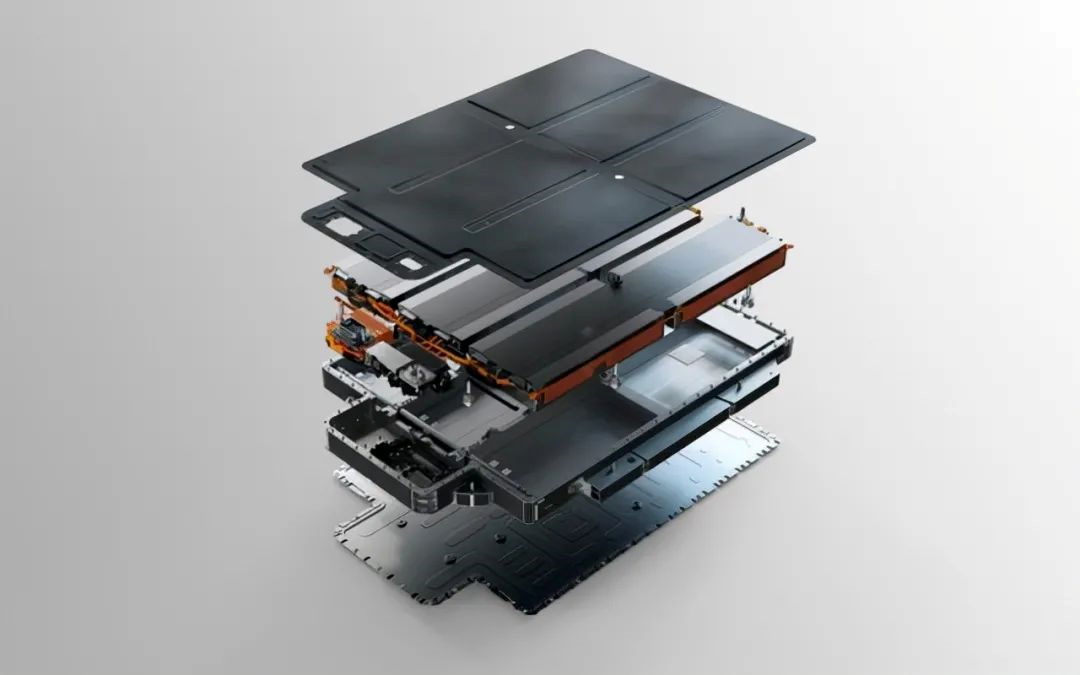
As we mentioned before, “battery locking” is a manufacturer-imposed limit on the total amount of energy that the battery can be charged and discharged.
This is a very generalized statement because, in terms of “overcharging” and “over-discharging,” there are actually two forms of battery locking.
First, don’t charge it too much.
This is determined by the working principle of lithium-ion batteries.
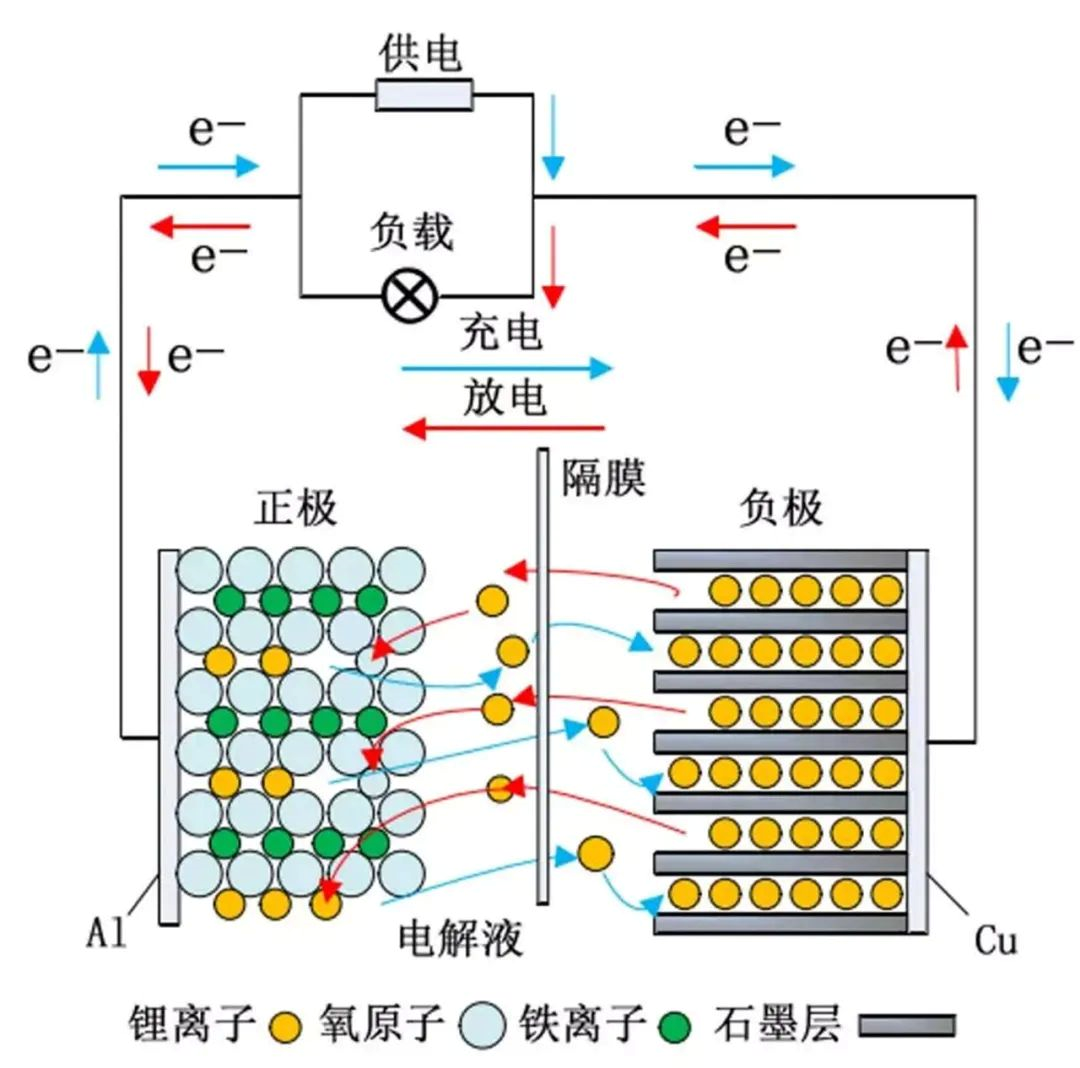
The working principle of lithium-ion batteries is simply described as the movement of lithium ions between the positive and negative electrodes of the battery. When a lithium-ion battery is charged, the lithium ions on the positive electrode move through the electrolyte to the negative electrode and are embedded in the micropores of the negative electrode material. The more embedded lithium ions, the more macroscopically charged the battery is.
At the same time, as an energy storage container, if the energy exceeds the design carrying capacity of the lithium-ion battery, the excess energy may be converted into heat. The electrolyte will decompose and produce gas when heated, causing the lithium-ion battery to swell.
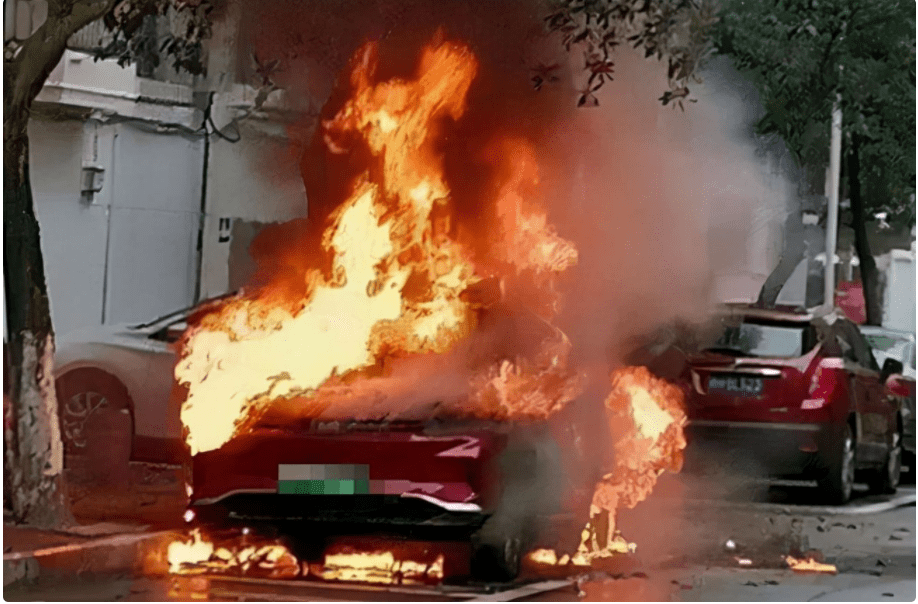
Furthermore, if the diaphragm between the positive and negative electrode materials of the lithium-ion battery ruptures when it is swollen, a short circuit may occur, causing the lithium-ion battery to ignite, or even explode.
Someone may say that you can avoid charging it too much.
This brings us to a competitiveness issue.
As mentioned at the beginning of the article, the range in electric vehicles is an extremely important factor in their competitiveness.
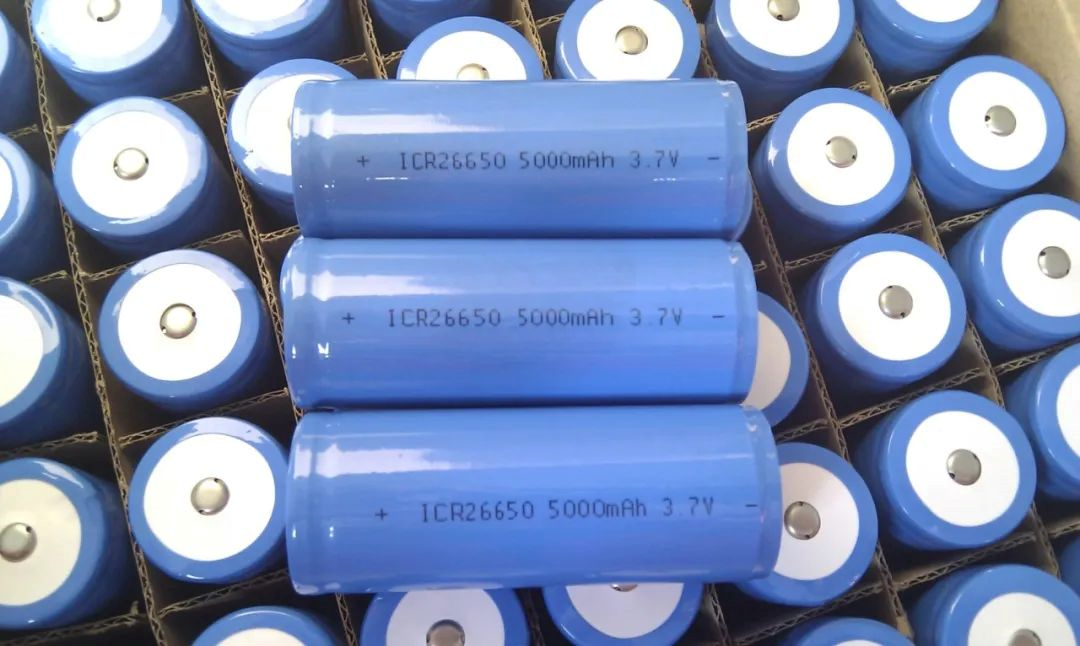
To control vehicle prices, automakers cannot use large battery packs. To achieve the largest possible range with smaller battery pack capacity, batteries can only be charged more fully.
However, accurately measuring the state of charge (SOC) of a battery is quite difficult.
Because the charging and discharging of batteries is essentially a chemical reaction, it is a non-linear process. At the same time, the internal resistance of the battery will change with the change of battery temperature during the charging and discharging process. Therefore, until now, whether it is a phone, computer, or electric vehicle, the battery percentage displayed on the screen is not the real battery capacity, but an estimated value.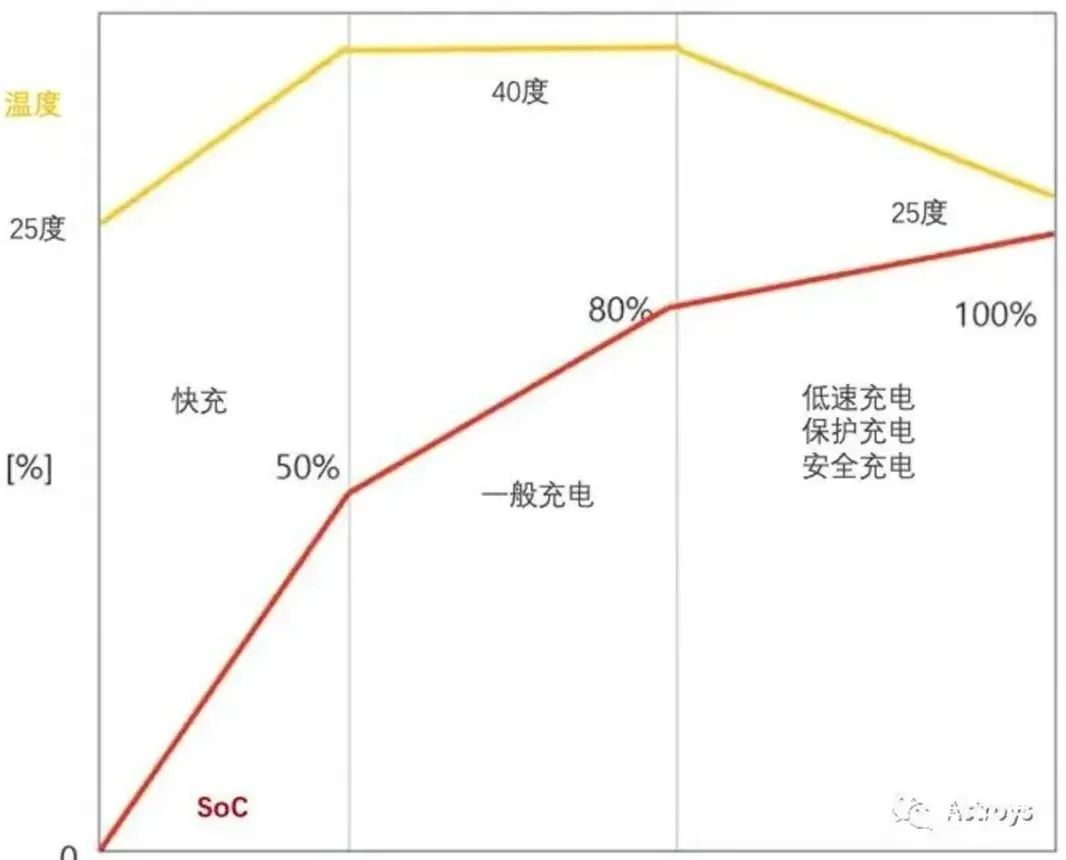
When the accuracy of battery SOC estimation is not high enough and you want to charge more to get longer range, overcharging becomes a problem.
Clearly, WM Motor made a mistake in this regard.
In just four days in December 2021, WM Motor experienced three consecutive vehicle fires. In fact, reports of WM Motor fires have been sporadic since 2020.
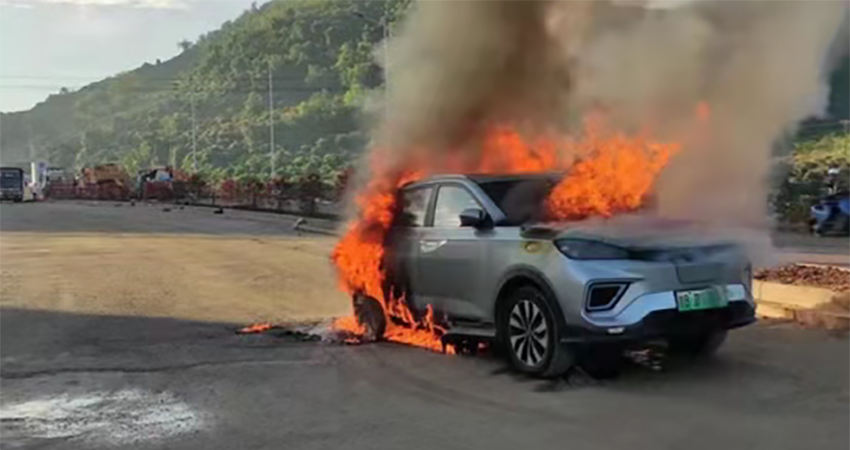
Secondly, don’t discharge too much
Overcharging can cause the battery to overheat or even catch fire, but what about over-discharging?
As mentioned earlier, lithium-ion batteries rely on the movement of lithium ions to achieve their charging and discharging functions. When the discharge of a lithium-ion battery falls below the design limit, the battery’s energy is insufficient, which can greatly impede the movement of lithium ions.
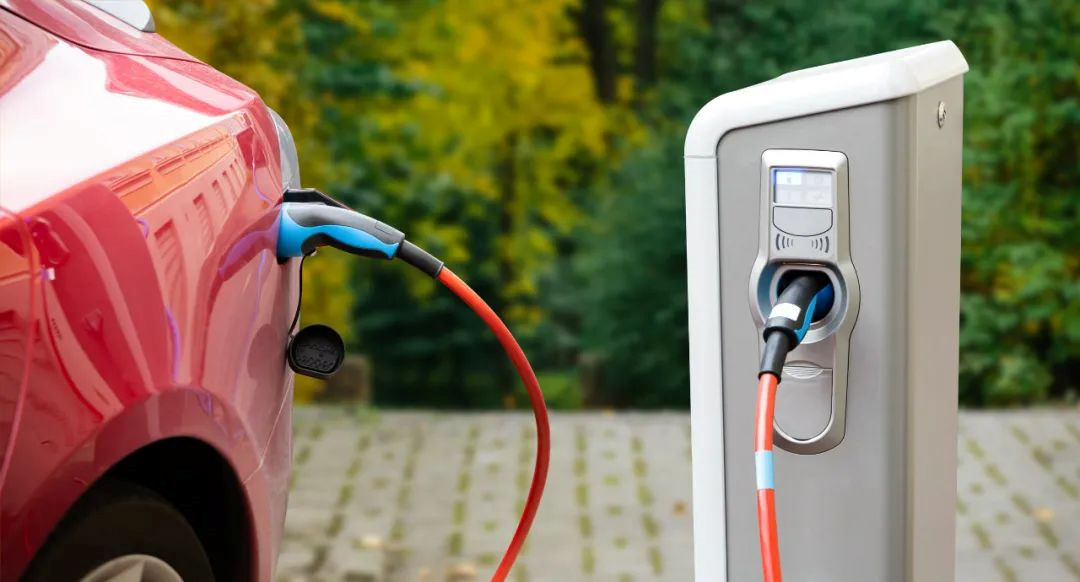
This micro-level phenomenon is reflected in the macro-level performance, which means that the lithium-ion battery may not be able to be charged.
In the early years, when battery SOC estimates were not that accurate, automakers usually reserved a portion of the battery capacity, known as “hidden capacity,” to prevent such accidents.
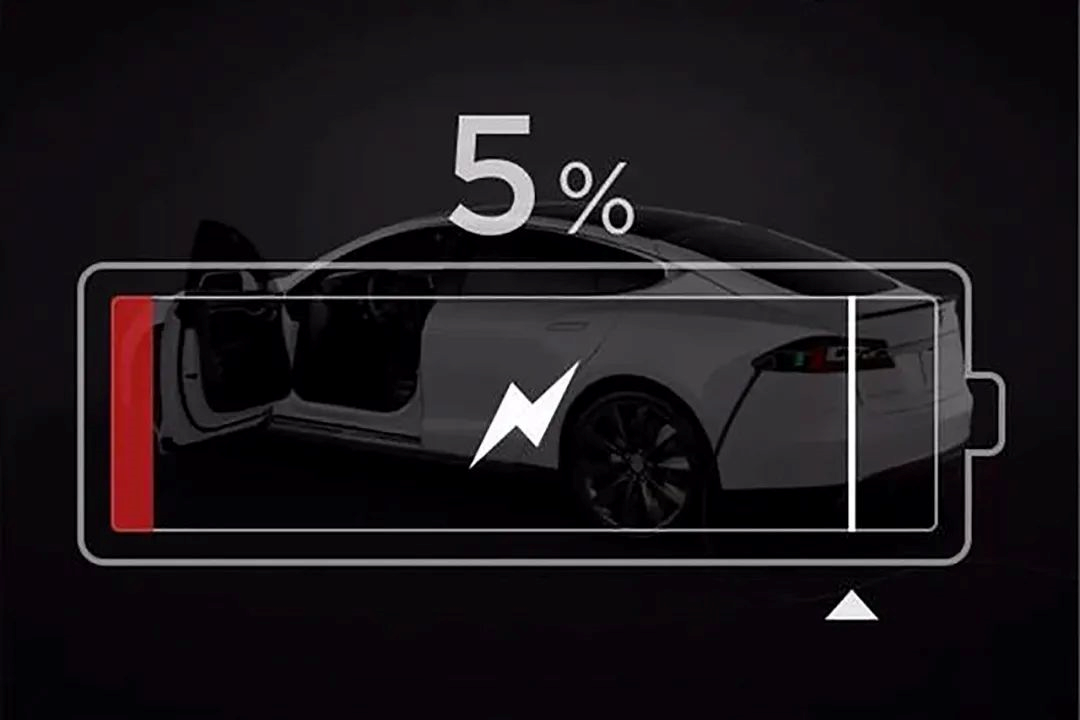
Of course, with the advancement of technology, we now have very accurate SOC estimates, and few manufacturers reserve a large proportion of the battery capacity to protect the battery.
WM Motor, copycat
Whether it is overcharging or over-discharging, in fact, it is due to the fact that the vehicle’s battery management system (BMS) is not good enough.
WM Motor’s drastic measure of locking the battery significantly reduces the usable capacity of the battery. On the surface, it appears to be a way to prevent the vehicle from catching fire again; however, upon closer inspection, it is a very irresponsible action.
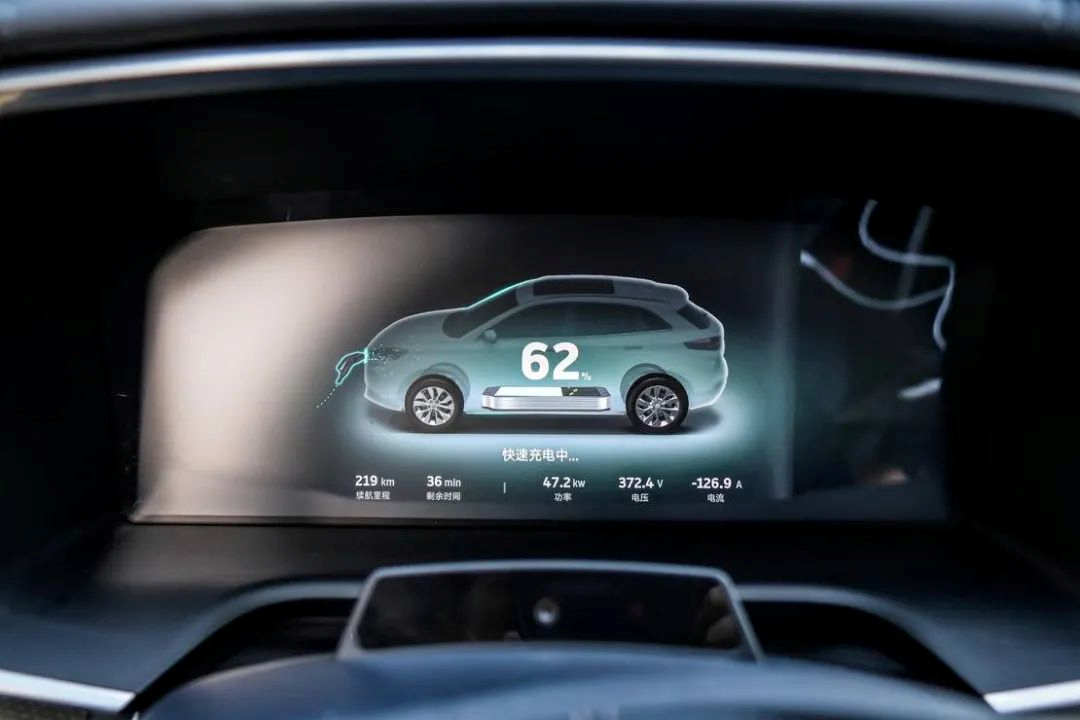
WM Motor users pay for the battery pack as part of the vehicle purchase, which means that the battery pack capacity or range is a legitimate right enjoyed by WM Motor users.
When the battery catches fire, it means that there is a problem with WM Motor’s product quality.
Locking the battery quietly in OTA without informing the user is a waste of the absolute trust of the vast number of users in OTA.It’s not a dignified approach to sacrifice user rights to fix one’s own mistakes.
In fact, WM Motor has excellent homework to copy.
Prior to this, the Chevrolet Bolt produced by General Motors also had a product defect in its battery which could cause spontaneous combustion. What did General Motors do about it?
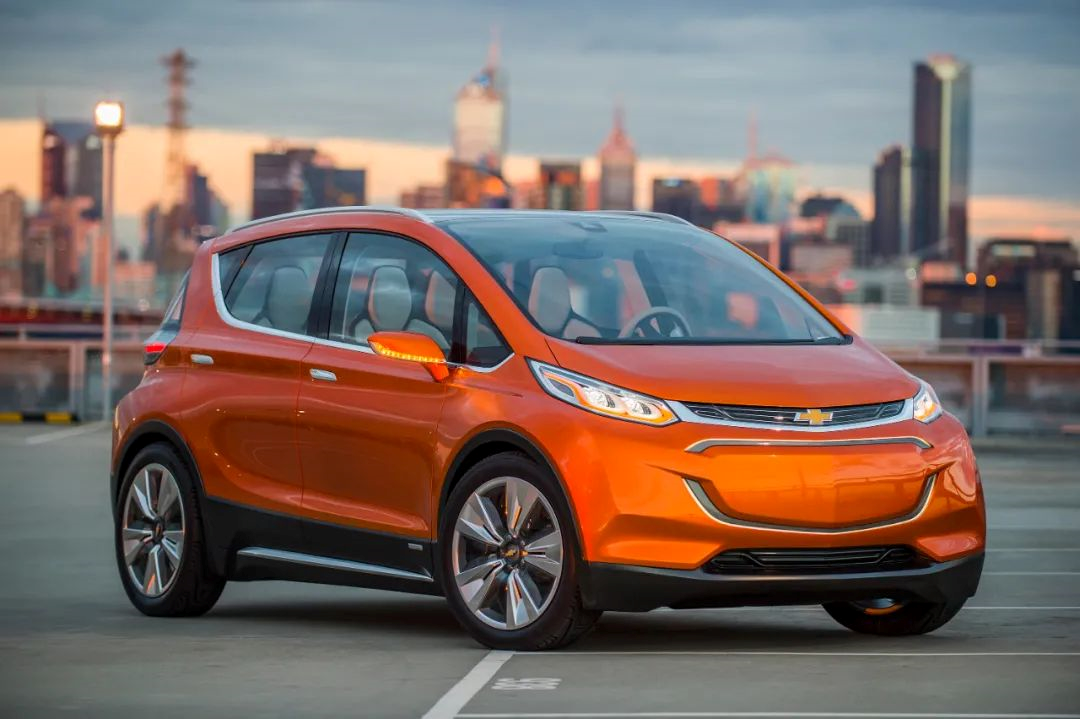
General Motors did four very correct things.
-
Production halt. After discovering this issue, General Motors halted production of the Chevrolet Bolt.
-
Investigation. General Motors, in collaboration with battery supplier LG, spent several months investigating the cause of the Chevrolet Bolt’s spontaneous combustion, finally confirming that it was caused by anode rupture and partition folding inside the battery. Subsequently, LG promptly addressed this issue in its subsequent products.
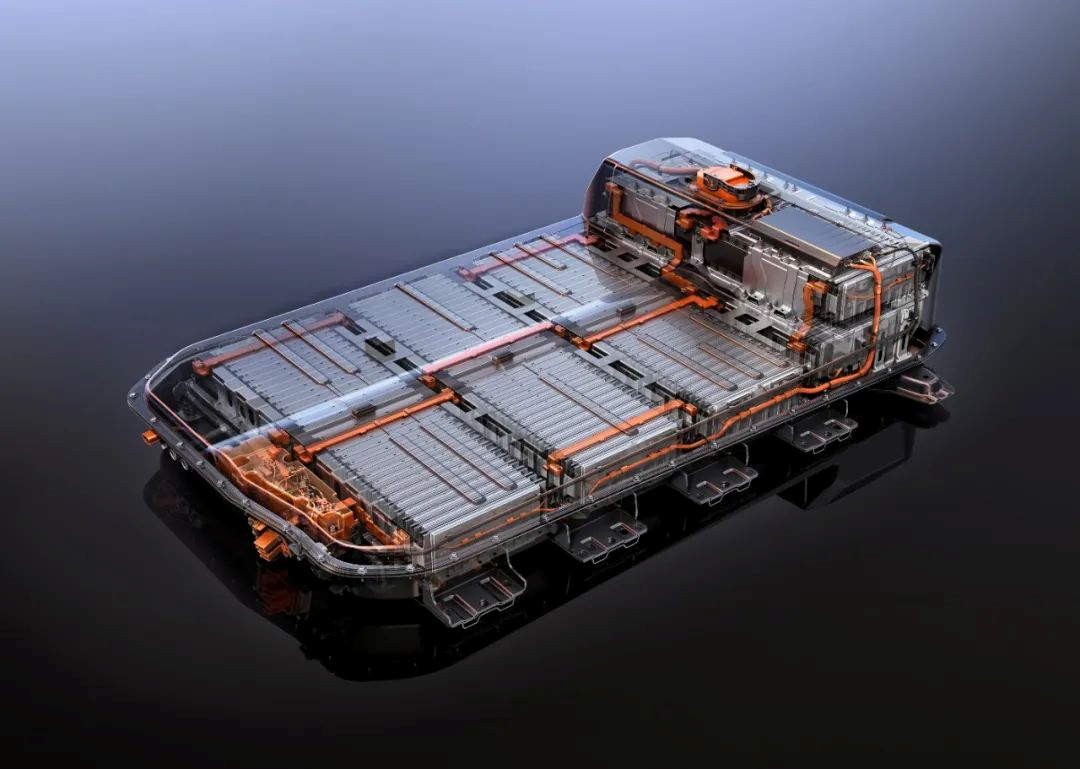
-
Compensation. General Motors recalled all potentially problematic Chevrolet Bolts and replaced their battery modules free of charge.
-
Research and Development. General Motors started developing a more comprehensive BMS system to prevent vehicle-wide spontaneous combustion caused by individual battery failures.
General Motors’ approach showed us what crisis public relations and corporate responsibility are.
With almost the same cause of failure, General Motors’ approach was exemplary. We don’t expect WM Motor to do better, but at least they should copy seven or eight of them.
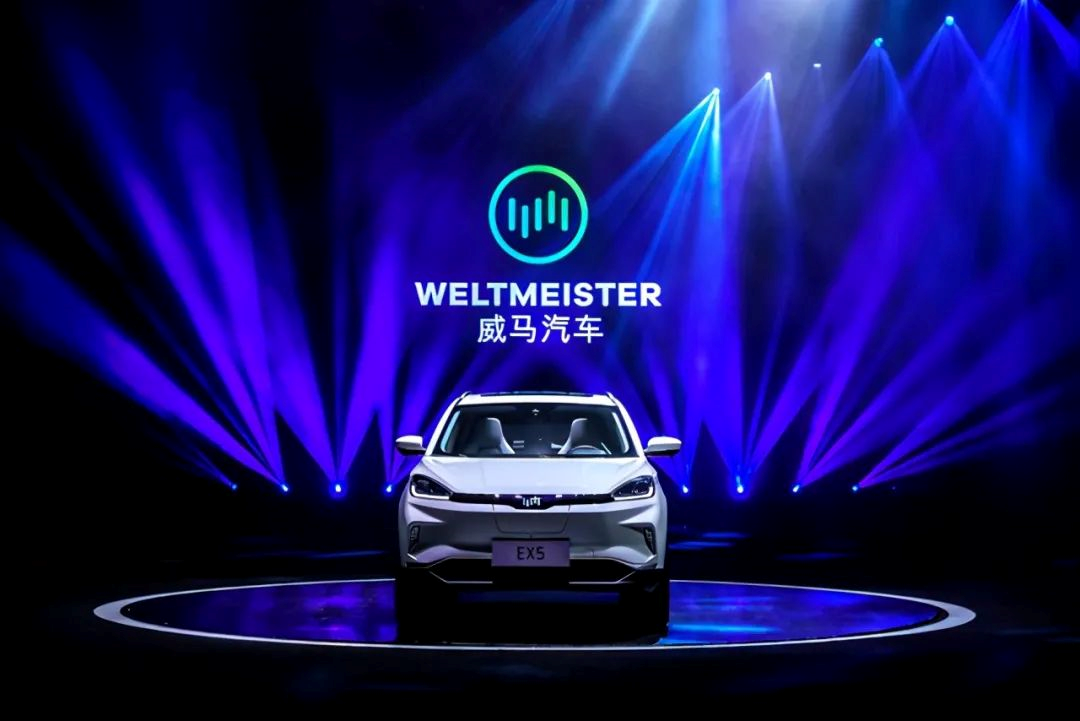
After all, for the vast majority of families, cars are not small items that can be thrown away at will. We hope that WM Motor can face the problem squarely and handle it properly.
WM Motor, are you listening?
As of the publication of this article, WM Motor’s official Weibo is still conducting a lottery.
This article is a translation by ChatGPT of a Chinese report from 42HOW. If you have any questions about it, please email bd@42how.com.
